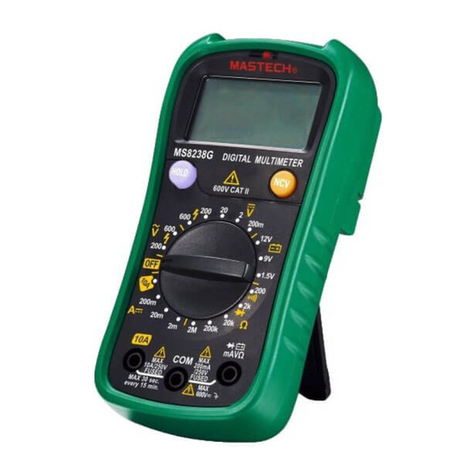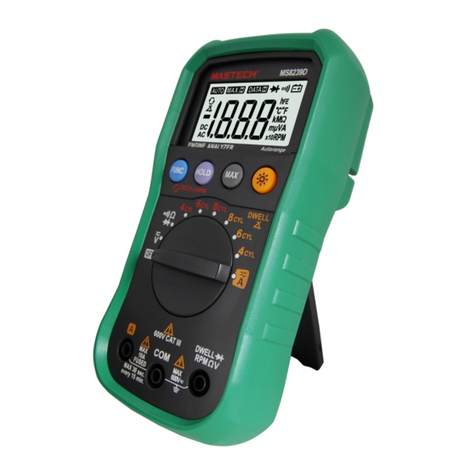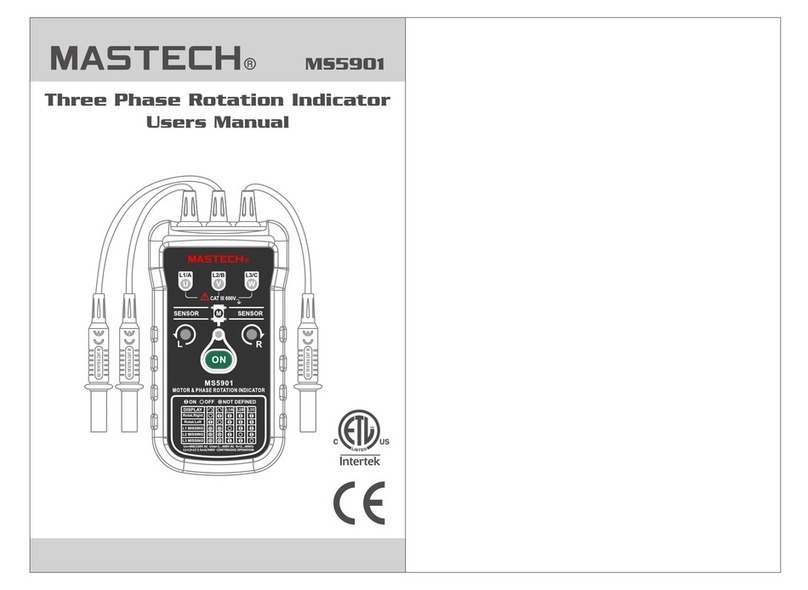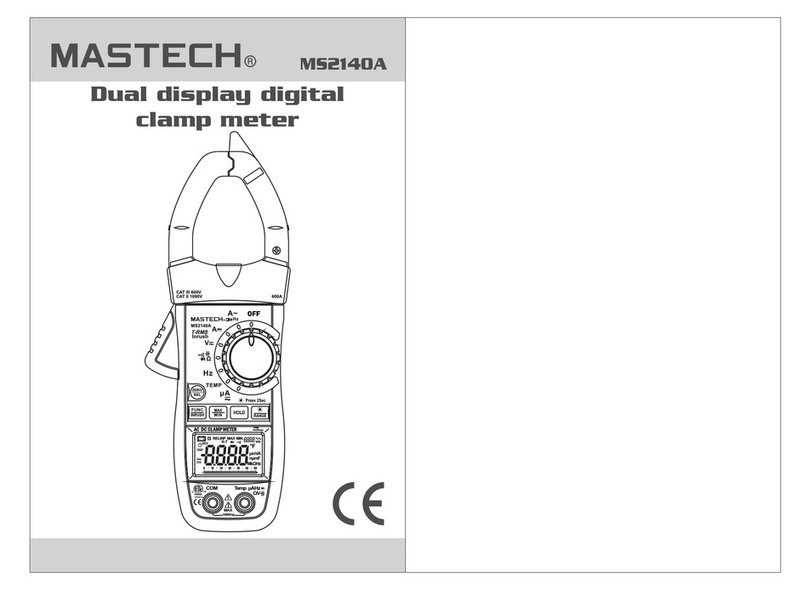Mastech MS2030B User manual
Other Mastech Measuring Instrument manuals
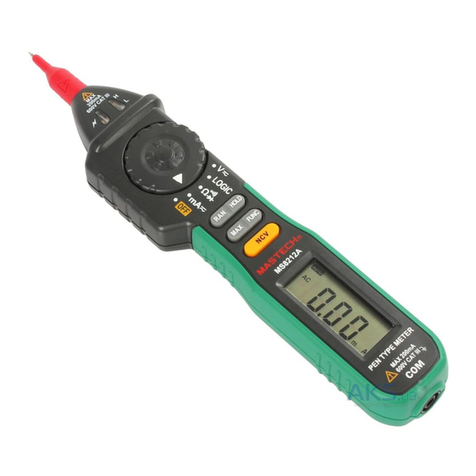
Mastech
Mastech MS8212A User manual
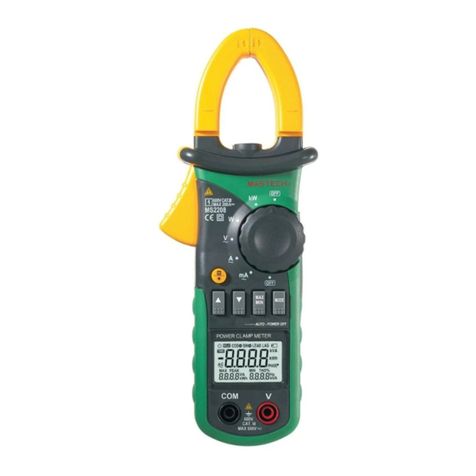
Mastech
Mastech MS2208 User manual

Mastech
Mastech MS2026R Assembly instructions
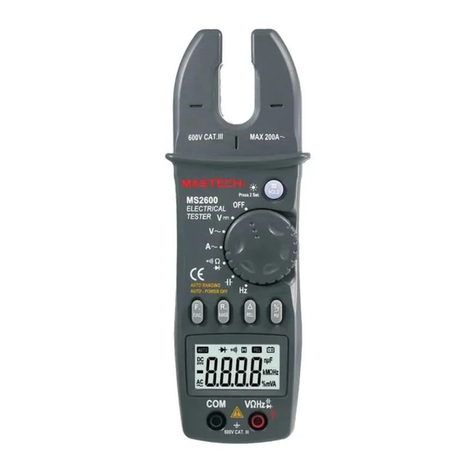
Mastech
Mastech MS2600 User manual
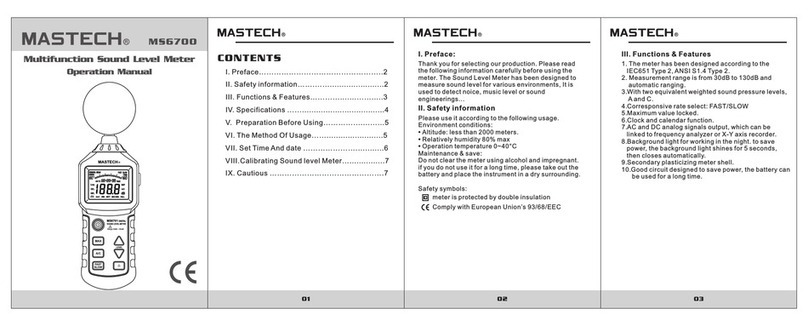
Mastech
Mastech MS6700 User manual
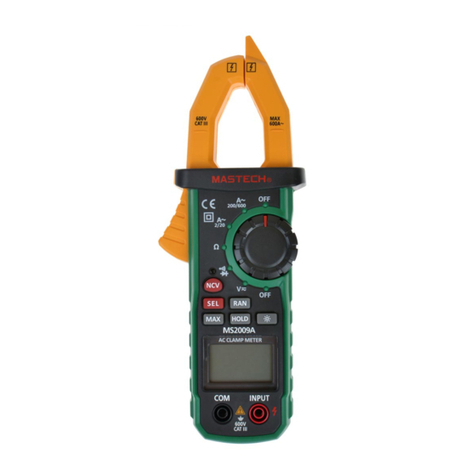
Mastech
Mastech MS2009A User manual
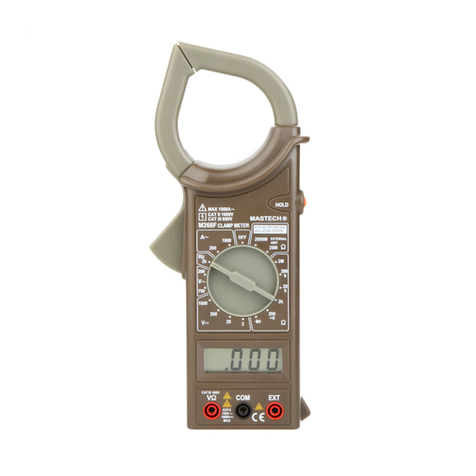
Mastech
Mastech M266F Assembly instructions

Mastech
Mastech MS8340B User manual

Mastech
Mastech MS2128A User manual

Mastech
Mastech MS3300 Assembly instructions
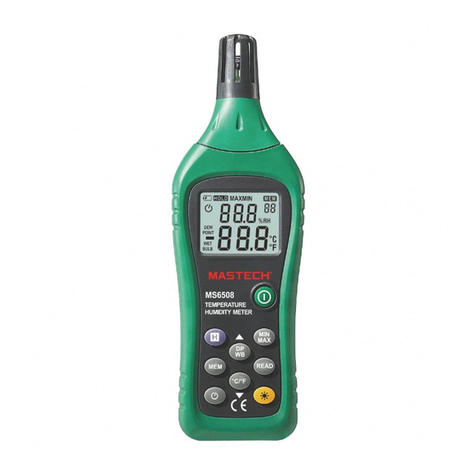
Mastech
Mastech MS6508 User manual

Mastech
Mastech MS5201 User manual
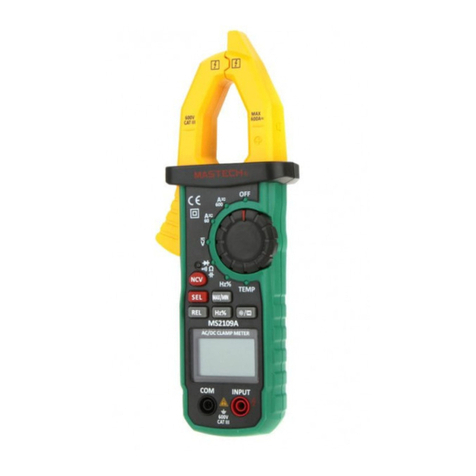
Mastech
Mastech MS2109A User manual

Mastech
Mastech AZ8903 User manual
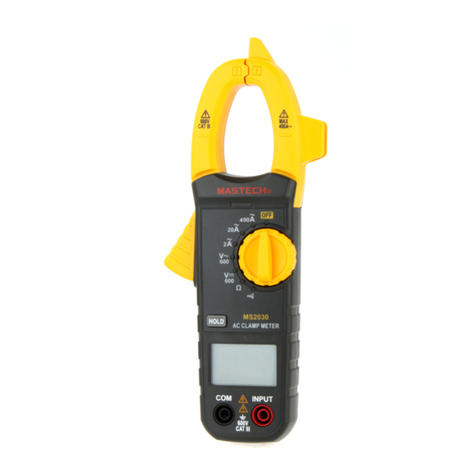
Mastech
Mastech MS2030 User manual
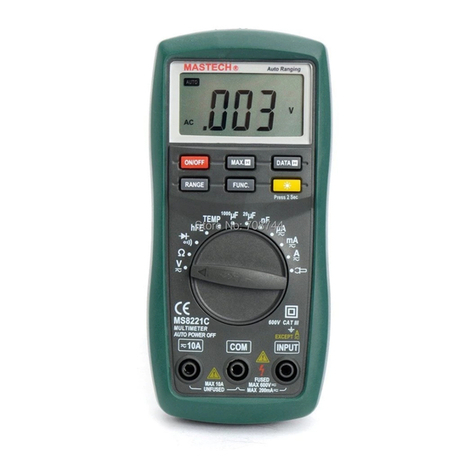
Mastech
Mastech MS8221C User manual
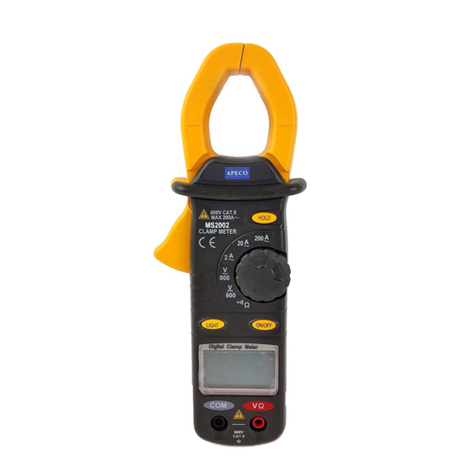
Mastech
Mastech MS2002 Assembly instructions
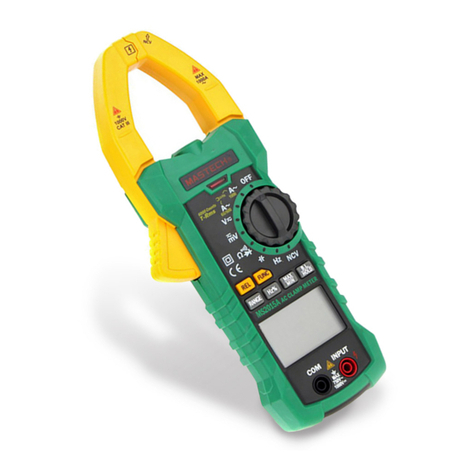
Mastech
Mastech MS2115A User manual
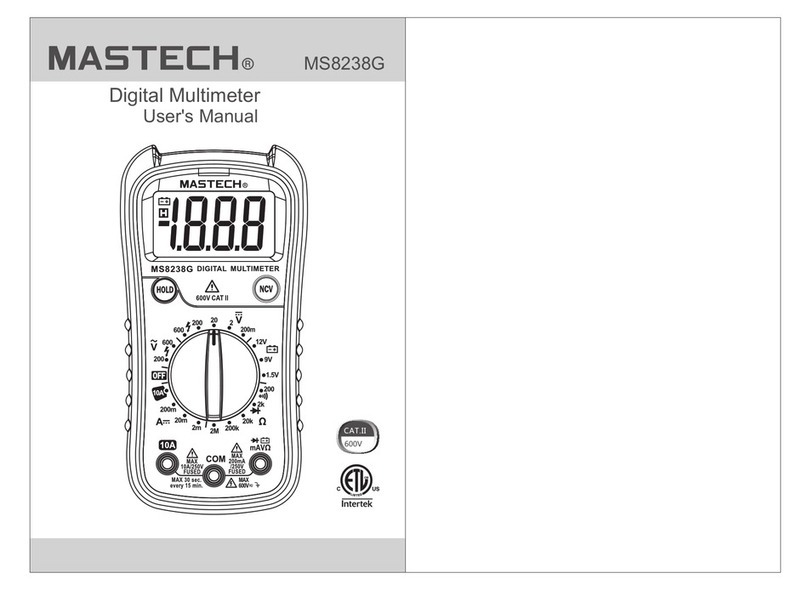
Mastech
Mastech MS8238G User manual
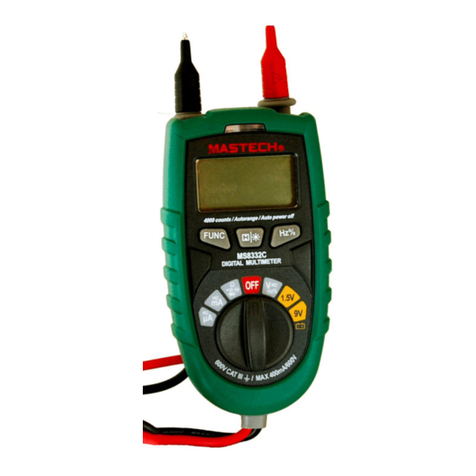
Mastech
Mastech MS8332C User manual
Popular Measuring Instrument manuals by other brands

Powerfix Profi
Powerfix Profi 278296 Operation and safety notes

Test Equipment Depot
Test Equipment Depot GVT-427B user manual

Fieldpiece
Fieldpiece ACH Operator's manual

FLYSURFER
FLYSURFER VIRON3 user manual

GMW
GMW TG uni 1 operating manual

Downeaster
Downeaster Wind & Weather Medallion Series instruction manual

Hanna Instruments
Hanna Instruments HI96725C instruction manual

Nokeval
Nokeval KMR260 quick guide

HOKUYO AUTOMATIC
HOKUYO AUTOMATIC UBG-05LN instruction manual

Fluke
Fluke 96000 Series Operator's manual

Test Products International
Test Products International SP565 user manual

General Sleep
General Sleep Zmachine Insight+ DT-200 Service manual
